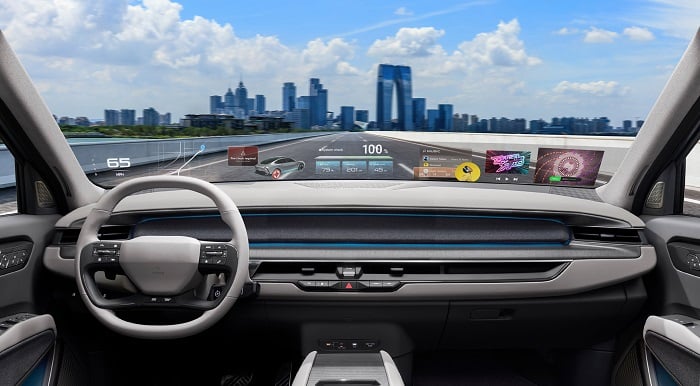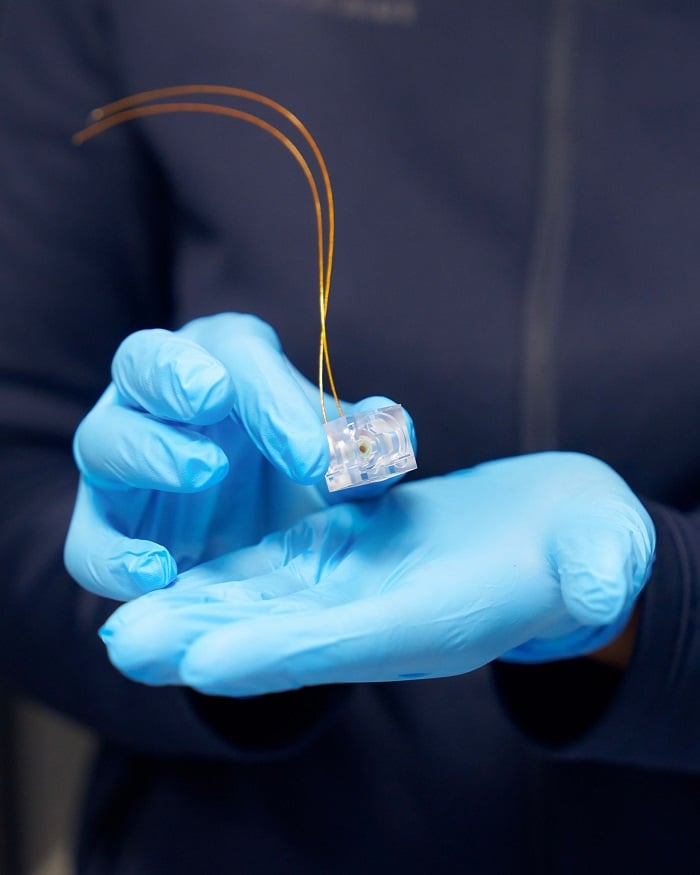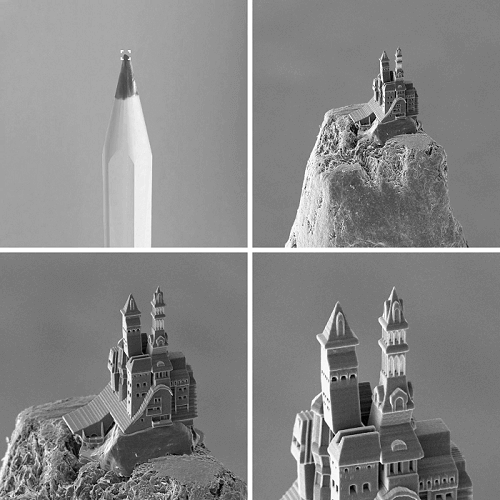
Hyundai Mobis, ZEISS Partner on Full Windshield Displays: Week in Brief: 10/18/24
Infinera and the U.S. Department of Commerce have signed a non-binding preliminary memorandum of terms for Infinera to receive up to $93 million in direct funding as part of the CHIPS and Science Act. The funding could result in more than $200 million in total federal incentives as well as potential state and local incentives. The proposed funding would support the expansion and modernization of both Infinera’s semiconductor capabilities in Silicon Valley, Calif., and its advanced test and packaging capabilities in Lehigh Valley, Penn.
BREUKELEN, Netherlands — Integrated photonics focused deep tech fund PhotonVentures has received an investment from Invest-NL and a group of new private investors. Invest-NL has contributed a total of €5 million ($5.4 million) to the fund, which itself targets an overall size of €100 million, closing at the end of the year.
MILAN — The QLASS project, led by a consortium coordinated by Politecnico di Milano and focused on advancing quantum photonic integrated circuits (QPICs), has received €6 million ($6.5 million) in funding by the European Commission. QLASS will employ femtosecond laser writing to fabricate 3D waveguides within glass specifically developed for optimal photonic performance and will incorporate high-performance single-photon sources, superconducting nanowire single-photon detectors, and advanced electronics capable of programming the whole system. The team will also develop software to compile quantum programs onto the special QPIC processors.

An artist’s rendering of the Holographic HUD in a working vehicle. Courtesy of Hyundai Mobis.
SEOUL, South Korea — Hyundai Mobis, an automotive supplier, has partnered with ZEISS to develop the transparent display that will be projected onto a vehicle's windshield. Called the Holographic Windshield Display (Holographic HUD) technology, its proposed purpose is to clearly display various driving, convenience, and infotainment content across the windshield, extending from the driver's seat to the passenger seat. According to the companies, Hyundai Mobis will oversee system development and supply the projector for the Holographic HUD system while ZEISS will develop and supply the transparent display.
ENSCHEDE, Netherlands — Hamamatsu Ventures, the corporate venture capital arm of Hamamatsu Photonics, has made an investment in laser technology company SuperLight Photonics. Hamamatsu's EU Corporate Venture Capital business development manager David Castrillo will join the SuperLight’s advisory board to serve as a liaison as part of the deal. The investment will allow SuperLight to focus on growing its team, scaling its production capacity, expanding into new geographic markets, and establishing stronger partnerships with global distributors.

Nu Quantum’s qubit-photon interface prototype. Courtesy of Nu Quantum.
CAMBRIDGE, England — Quantum computing company Nu Quantum has created a qubit-photon interface proof-of-principle prototype that will enable quantum computers to be connected to a quantum network. The interface is designed for atomic qubits. The first version of it has been integrated into Infleqtion’s trapped atom vacuum system and underwent successful testing under an ultra-high vacuum. The company says the next step will be to demonstrate controlled high-efficiency coupling between an individual atom stimulated to emit a photon.
BOSTON — Google Quantum AI has made an investment in QuEra Computing, a developer of neutral atom computers. The investment will help QuEra to accelerate technological advancements in the neutral atom space, such as developing quantum error correction capabilities needed to deliver quantum computing solutions and delivering additional capabilities outlined in QuEra’s strategic roadmap.
TORONTO — Satellite telecommunications provider Kepler Communications, Inc. has been selected by the European Space Agency to lead the development of the low Earth orbit segment of the High Throughput Optical Network (HydRON) program. The project will leverage The Kepler Network to fulfill the program’s objectives to demonstrate a high capacity, low latency data transport system in low Earth orbit, and advanced space-based internet traffic management. The initial phase of the HydRON contract led by Kepler totals €36 million ($39 million) and will be supported by TESAT Spacecom and Airbus Space and Defense.
BILLERICA, Mass. — Bruker Corporation, an analytical solutions developer, has formed a new division for solutions in spatial biology. Bruker Spatial Biology brings together NanoString Technologies and Canopy Biosciences in operational coordination, along with its subsidiary Bruker Spatial Genomics, Inc., and will focus on advancing biomedical research with a suite of spatial biology instruments, assays, software, data analytics, and contract research organization services.

A structure printed on the tip of a pencil using 2-photon polymerization. Courtesy of UpNano.
VIENNA — High-resolution 3D-printer developer UpNano has completed a €7 million ($7.6 million) Series A financing round co-led by aws Gründungsfonds, Novacapital, and IGO Innovation GmbH. The funds will allow the company to accelerate the development of its 2-photon polymerization 3D printing technology.
/Buyers_Guide/Infinera_Corp/c6691
/Buyers_Guide/ZEISS_Industrial_Quality_Solutions/c24905
/Buyers_Guide/SuperLight_Photonics_BV/c33794
/Buyers_Guide/Bruker_Optics_Inc/c2051
/Buyers_Guide/UpNano_GmbH/c32801